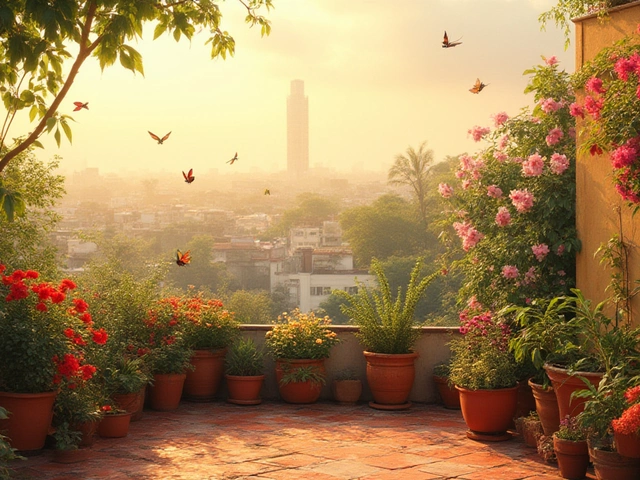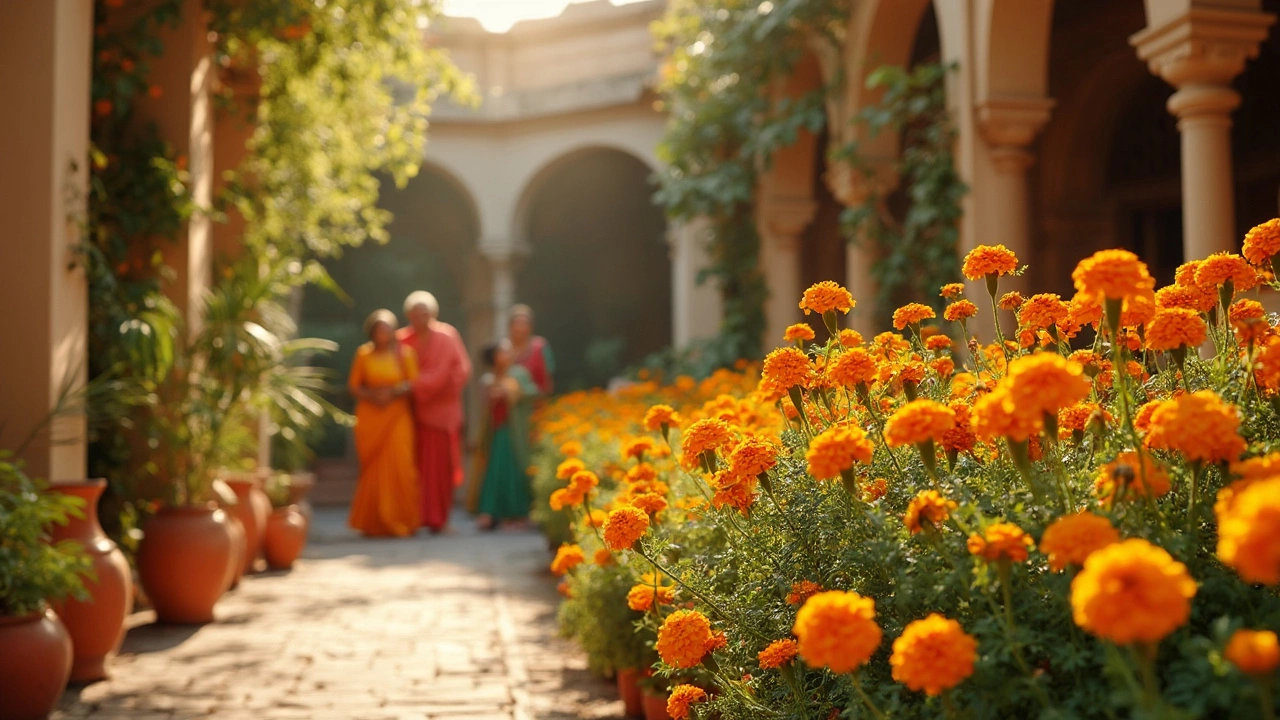Flower Facts: Lucky Blooms, Best Bloom Months and Gorgeous Flowers in India
Ever wondered which flower is considered the luckiest in India? Or when your garden will explode with color? Below are the most useful facts about Indian flowers, from superstition to seasonality, so you can pick the right plants and enjoy them at their peak.
What Is the Luckiest Flower in India?
The marigold often tops the list as the luckiest flower across Indian homes and festivals. Its bright orange and yellow shades are linked to prosperity and warding off bad energy. You’ll see marigold garlands on wedding stages, Diwali altars and even in office spaces. If you want a quick boost of positivity, plant marigolds in your front yard or place fresh stems in a vase – they’re cheap, easy to grow and bring instant cheer.
When Do Flowers Bloom in India?
India’s diverse climate means different regions have different bloom calendars. In the north, the coolest months – October to February – are prime for roses, lilies and hyacinths. The south enjoys year‑round warmth, so jasmine and hibiscus start flowering from March and keep going till December. If you live in the central plateau, plan for a burst of bougainvillea and oleander between May and September when the monsoon rains keep the soil moist.
Here’s a quick cheat sheet for the top blooming months:
- January‑March: Carnations, daffodils, early roses.
- April‑June: Sunflowers, lilies, hibiscus.
- July‑September: Marigold, bougainvillea, gardenia.
- October‑December: Chrysanthemums, poinsettias, winter jasmine.
Planting according to these windows means you’ll see flowers when you want them, not when the climate decides.
Which Flowers Are Considered the Most Beautiful?
Beauty is personal, but a few blossoms consistently win the “wow” factor. The night-blooming queen, Queen of the Night (Epiphyllum oxypetalum), opens only once a year for a few magical hours. Its large white flowers and sweet scent make it a must‑try for any serious gardener. Then there’s the Indian lotus, a symbol of purity that thrives in ponds and tanks during the monsoon. Finally, the orchid varieties from the Western Ghats offer exotic shapes and vibrant colors that can turn any balcony into a mini‑tropical oasis.
To grow these beauties:
- Provide full sun for roses and sunflowers.
- Ensure well‑drained soil for orchids and lilies.
- Keep a shallow water source for lotus and let the roots sit in standing water.
Simple care steps like regular deadheading, proper watering and occasional feeding will keep them looking their best.
Quick Tips to Make Your Flower Garden Shine
1. **Choose native varieties** – they adapt to local rains and need less fertilizer.
2. **Group plants by water needs** – this avoids over‑watering some while under‑watering others.
3. **Use organic mulch** – it keeps soil cool, reduces weeds and adds nutrients.
4. **Rotate planting spots** – moving beans, peas or flowering herbs each season prevents soil‑borne pests.
5. **Add a touch of marigold** – besides being lucky, it repels many garden insects.
These easy actions give you a healthier garden, more blooms and a splash of good luck.
Now you’ve got the core flower facts: the lucky marigold, the best months to plant, and the most eye‑catching blossoms. Use this knowledge to plan your garden, pick the right plants, and enjoy a colorful, thriving space all year long.
Most Popular Flower in India: Why the Marigold Reigns Supreme
Curious which flower tops the charts in India? This article digs into why the marigold stands out across gardens, festivals, and homes. Discover what makes it so beloved, plus learn some surprising facts and simple gardening tips. Great for both seasoned gardeners and folks just getting started. You'll get real insights on care, cultural value, and even practical hacks for making marigolds thrive.
About
Flower Gardening
Latest Posts
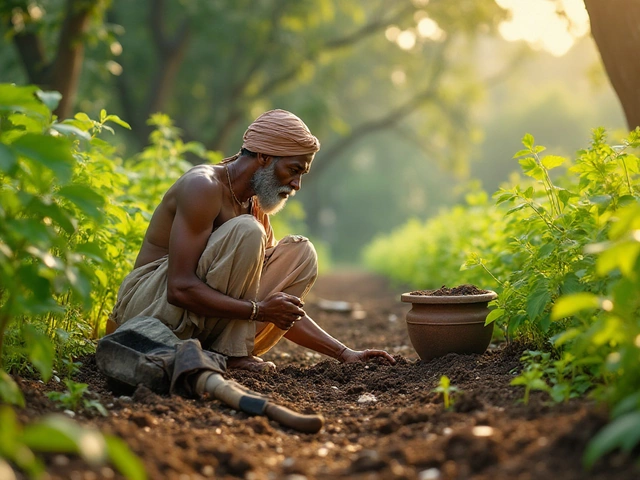
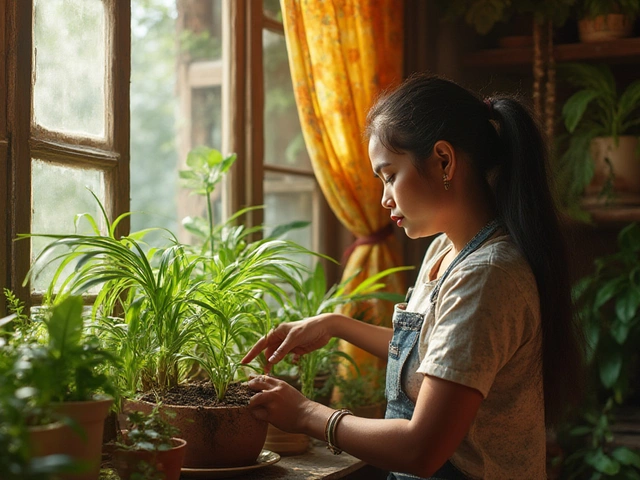
How to Stop Houseplants From Dying: Proven Tips for Thriving Indoor Plants
By Alden Thorne Jul 3, 2025
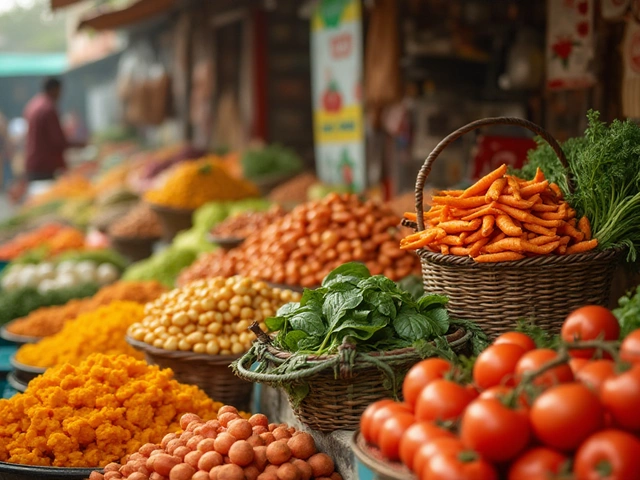
Discovering the Most Unhealthy Foods and Healthier Options in Vegetable Gardening India
By Alden Thorne Jan 30, 2025

Best Ground Cover for Hillside Erosion Control
By Alden Thorne Feb 13, 2025
